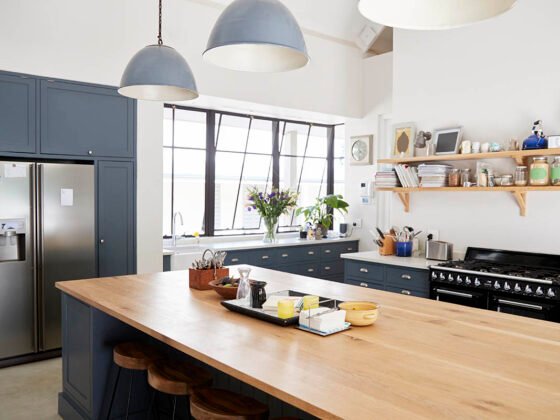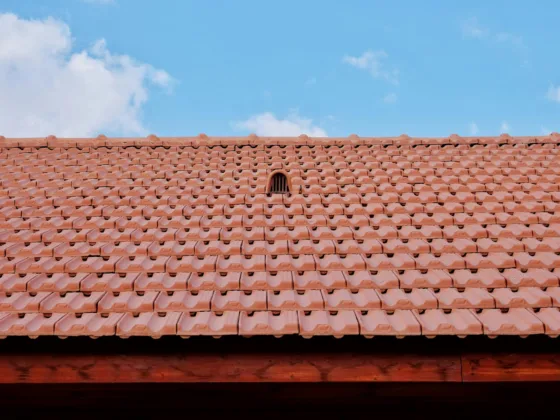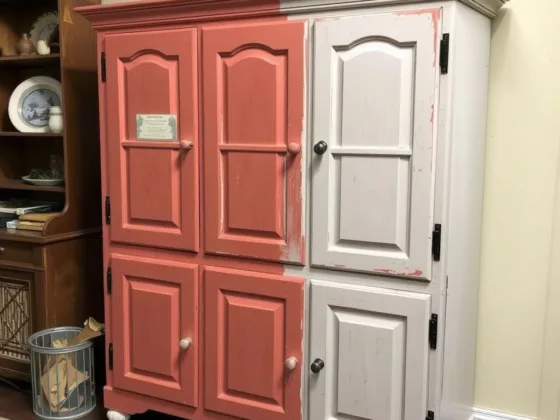Table of Contents Show
Of all the many shelters humans construct over the years, the modern house stands at the pinnacle of innovation. Though, to be clear, modern home is usually only as good as its ability to stand up against the elements.
You can’t just slap plywood on a frame and have a sturdy, reliable shelter. You need material to protect the outside of the home from wind, rain, sleet, and other elements. This time is where stucco comes in and has provided safe, sturdy homes for a very long time.

You might know this material by another name, like Portland cement, or just home plaster. No matter what you might call it, this stuff is pretty sturdy and durable.
It’s basically quite literally like a rock shell that’s added to the outside of a home, and it offers strength, rigidity and protection against all the elements Mother Nature can throw at it.
However, a lot of people might be wondering how to make this material. Here’s the gist on the manufacturing of this product.
Making the Plaster for Walls
Read Also:
- How a Trained Plasterer Will Help to Improve Exterior as Well as the Interior of Your Home?
- Renovate Your Property With Fibre Cement Cladding & Timber Cladding
- How to Hire Good and Professional Plasterers for Your New Home?
- Stucco vs. Brick: How to Choose the Perfect Finish for Your Home
- The Best Styles of Stucco Art
Finding Portland Cement Materials
The first step in creating the stucco material is to form the Portland cement. This name is merely the name given for a component.
Actually, this cement is a very fine powder. It is made by adding a range of clay minerals to a kiln, along with gypsum, and heating it to incredibly high temperatures for a while.
It then breaks down into a powder that, when mixed with water, hardens into an incredibly durable cement. This step is the first step in the plaster process.
In commercial applications, as one might expect, this is done by the ton, whereas home applications are much smaller batches.
Adding the Sand
The plaster siding material isn’t merely a mix of Portland cement and water. It would be too hard, and thus far too brittle. It would also be nearly impossible to scrape and smooth out.
So, the next step in the process of making this material is to add sand into the mixture. The cool thing here is that the sand itself can vary in colour type, and amount, creating different looks and textures of the plaster when it’s finished.
Though no matter how it goes, sand is a crucial element to the production of this plaster.
Mixing with Water
After the making of the Portland cement and the adding of sand, the product is pretty much ready to go. Now all that’s left is to add water. For smaller applications, this will be on-site.
The person mixing the plaster will mix it up just like they would cement, adding the right amount of water in smaller batches to smooth the plaster out over the intended application.
For commercial use, it will arrive mixed and moving, almost exactly like you would see with a cement truck. This reason is that the sheer amount of material is too much to handle for DIY applications.
DIY Applications
Speaking of DIY applications, there are a few benefits to doing this at home. You can easily control the consistency and even add a variety of other elements. Some people like to use plaster for things like sheds, and they may want smooth stones in there to give it a new appearance.
This is an instance where going the DIY route might be positive. Though when you’re dealing with actual houses and shelters that need to be 100% sealed and protected from the elements, it’s always better to call in the professional contractors to handle this business.
They know exactly what they’re doing and will make quick work of the job, whereas you would have to be mixing dozens of buckets constantly to get it done.
As you can see here, the process of making this plaster isn’t exactly that complex. However, being able to heat the Portland cement in a kiln until the creation of fine lime powder is something that you’re likely not going to be able to replicate at home. This instance is where it’s better to allow the pros to handle the creation of the plaster.










